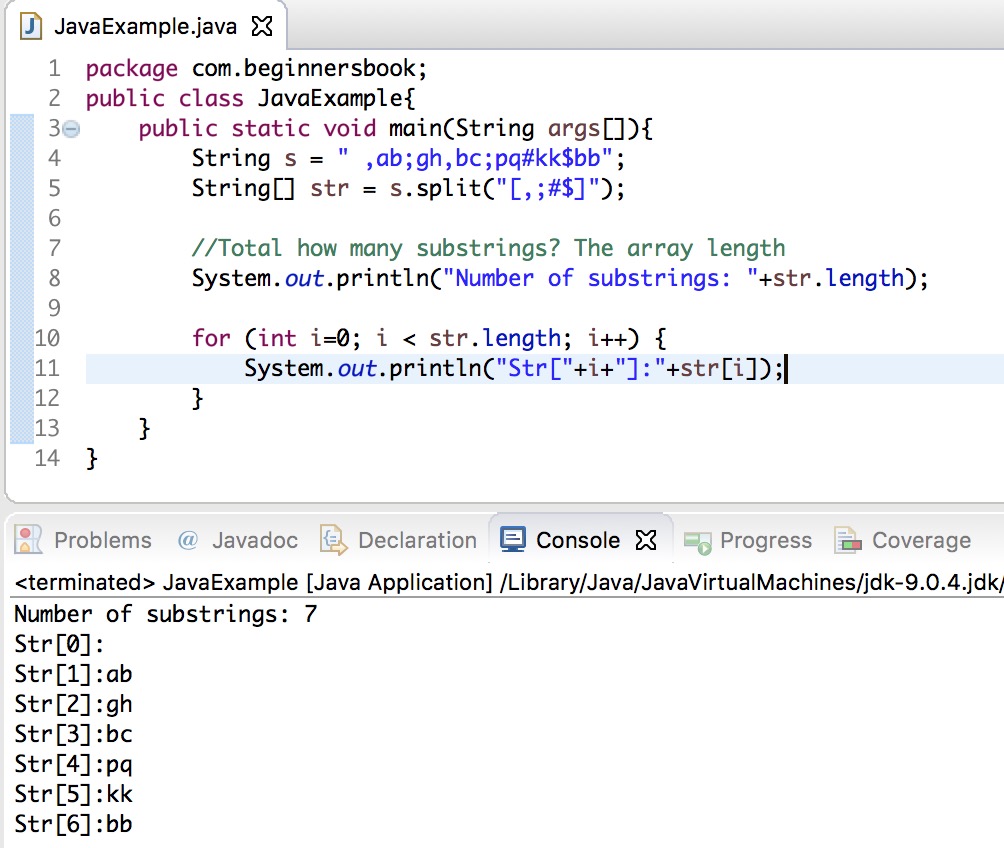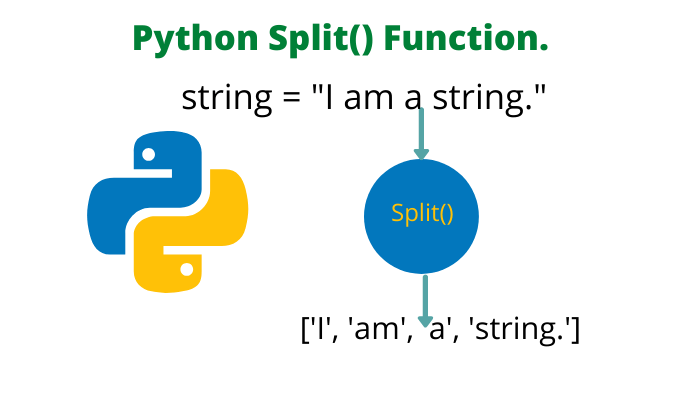

Rsplit() is similar to the split() method of the str class, except for the fact that it starts splitting the string from the right end. Let’s try to split the string based on the semicolon, comma, and space as delimiters > text = "one,two three four,five six" We can also pass multiple delimiters to the re.split() method. > numberList = re.split('+', numbers, flags = re.IGNORECASE) We can use flags in two ways, either the long name or short name.įor example, if we want the regex to ignore the cases, then we can use the flag IGNORECASE, or I. The flags parameter allows you to modify the way the Regular expression works. Let’s try with the maxsplit as 2 > words = re.split('', message,2) > message = "Welcome_to_Javainterview_Point" Re.split(pattern, string, maxsplit, flags)įor example, let’s take a string separated by underscore ‘_’, we just need to pass the delimiter inside the square brackets > import re We can use a regular expression to split a string, we need to import re module and use the split() method of it.
PYTHON SPLIT KEEP DELIMITER MANUAL
This is a kind of manual approach where we take each character of the string and append it to the list.

We just need to pass the sequence (string) to the list() constructor, as it is a type of iterable, the list() constructors splits them into individual characters. The list() constructor takes a single iterable argument which can be a sequence or any iterator object By Passing the String to list constructor Let’s split the string into characters using List slice assignment > msg = "Welcome"īy specifying chars on the left side of the = operator, we are telling Python to use Slice Assignment. Slice Assignment is a special syntax for Lists, using which we can alter the contents of the lists.

> msg = "Welcome to Java Interview Point"

In the below snippet, we have multiple spaces between each word. Whenever there are multiple consecutive whitespaces, it is considered as a single separator. Whenever the delimiter is not specified or is null, then the string will be split using the Space / Whitespace as a delimiter. Now 3 splits have happened ‘Tim’, ‘Bob’, and ‘Bill’ are separated. Let’s try maxsplit as 3 this time > listOfUsers = usernames.split(',',3) We can see that only 2 splits have happened ‘Tim’ and ‘Bob’ are separated, and the remaining users are not split Let’s pass the maxsplit number as 2 > listOfUsers = usernames.split(',',2) Now the listOfUsers will have all the individual users separated. > print("Number of Users available are "+str(len(listOfUsers))) If the maxsplit is not specified, then it is considered as -1 meaning no limit.Īs a first step, let’s try to fix the issue stated above.


 0 kommentar(er)
0 kommentar(er)
